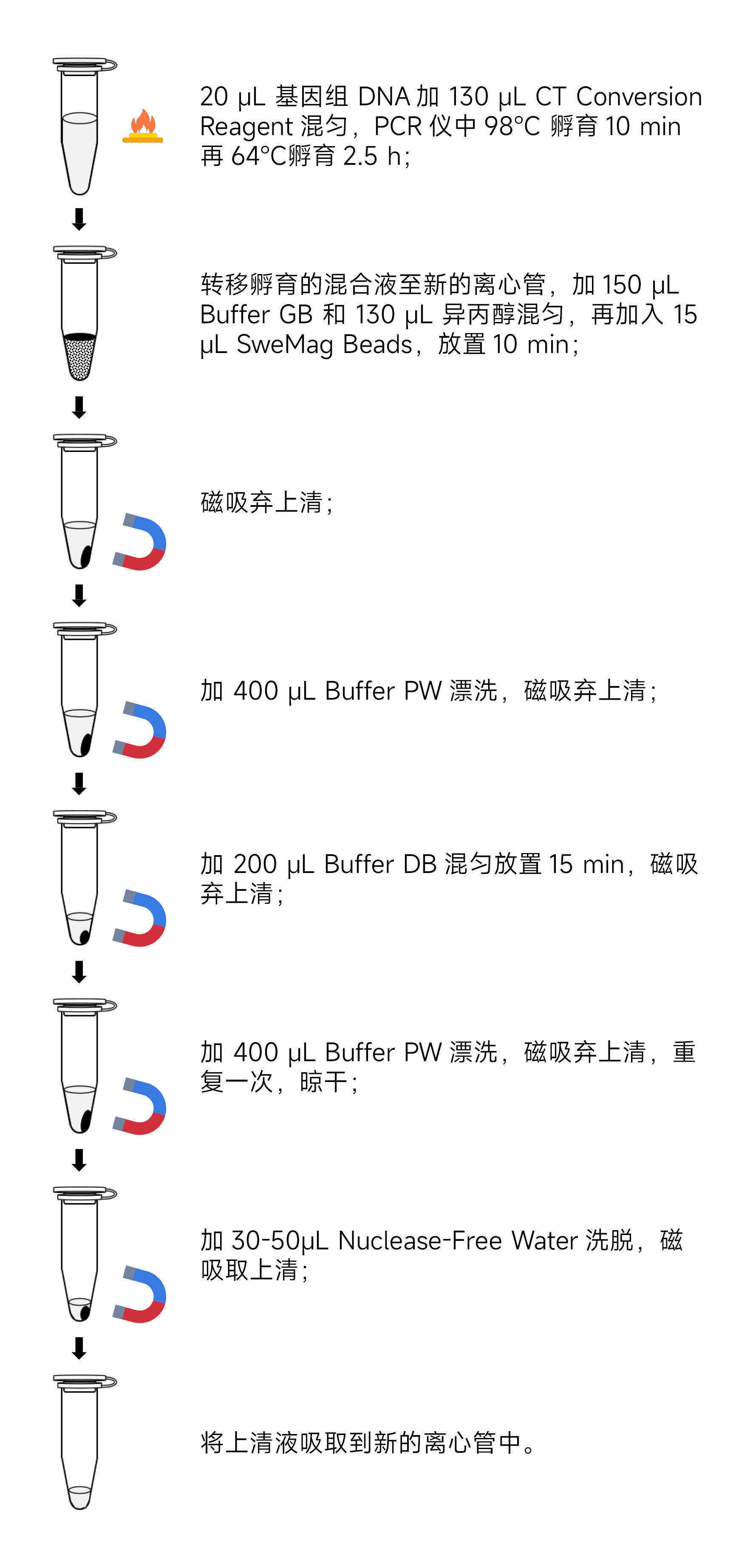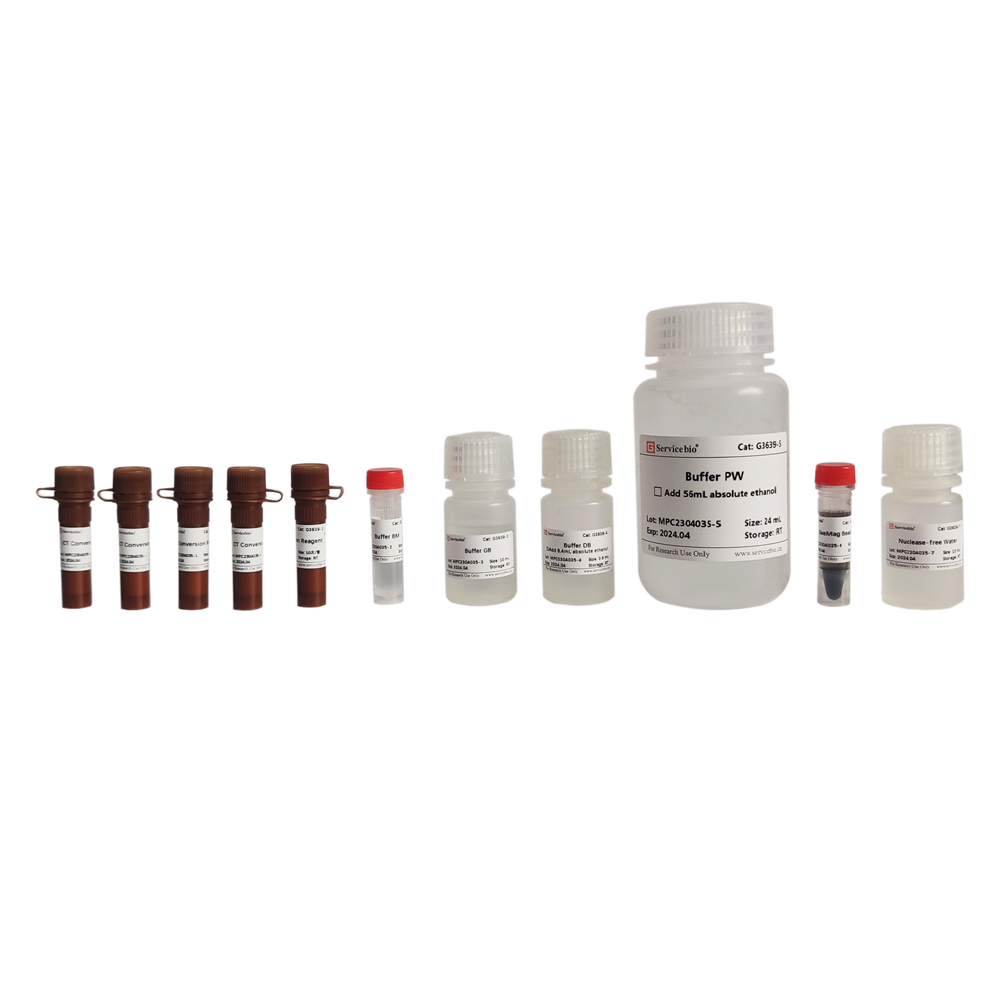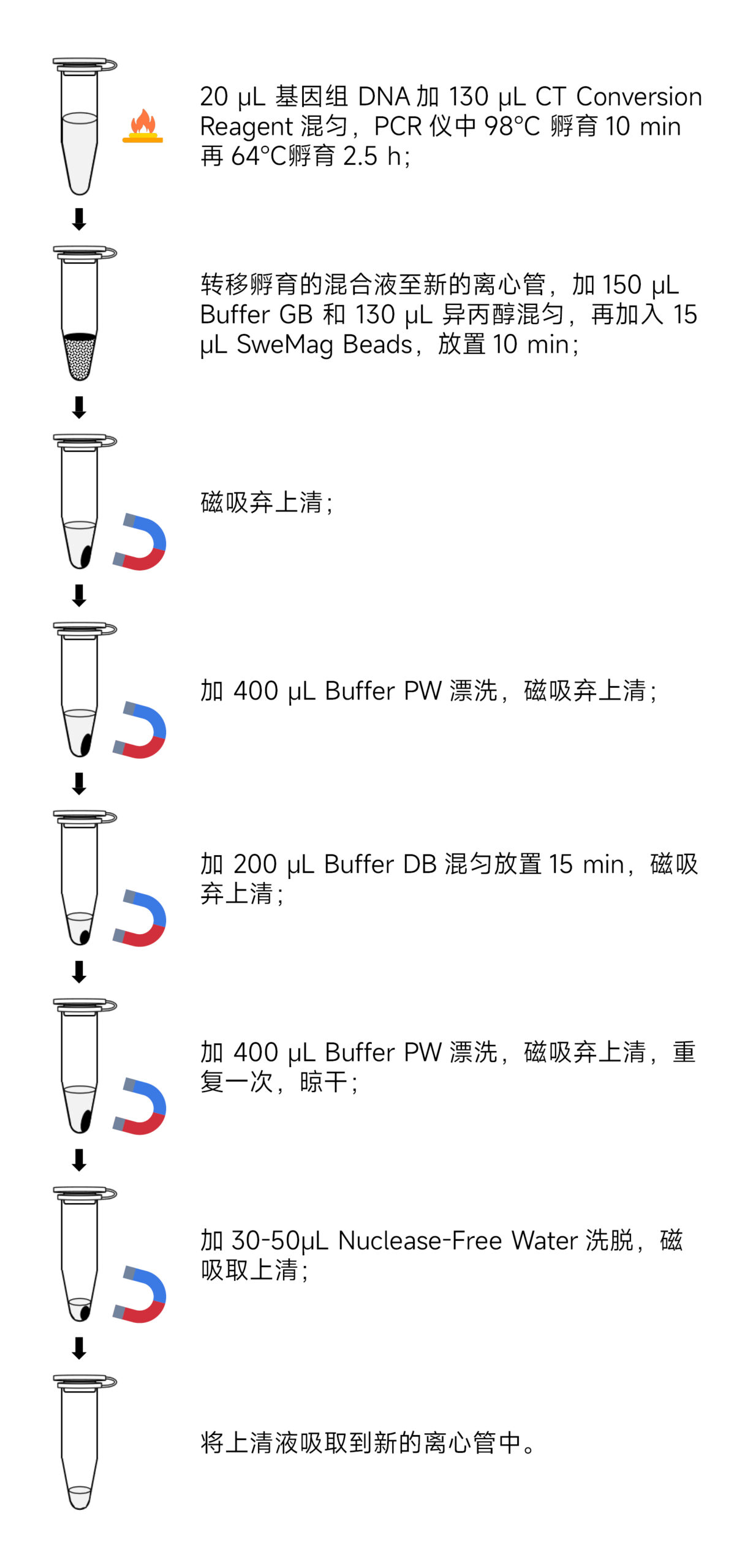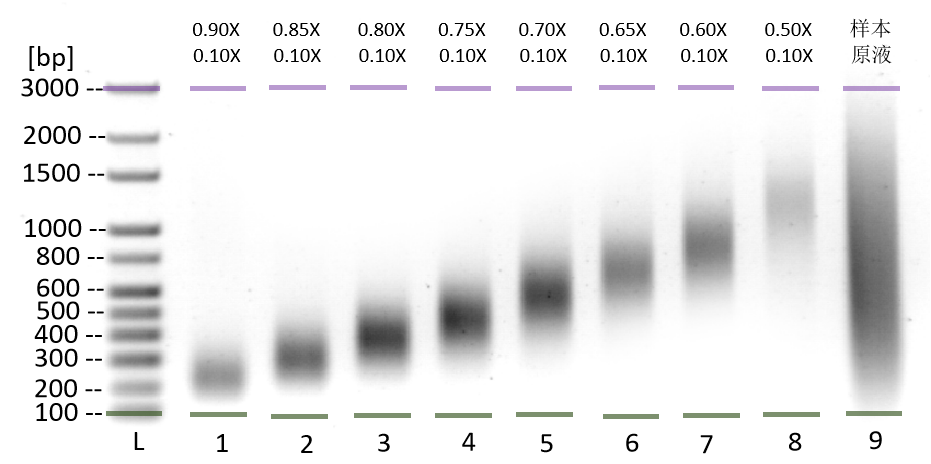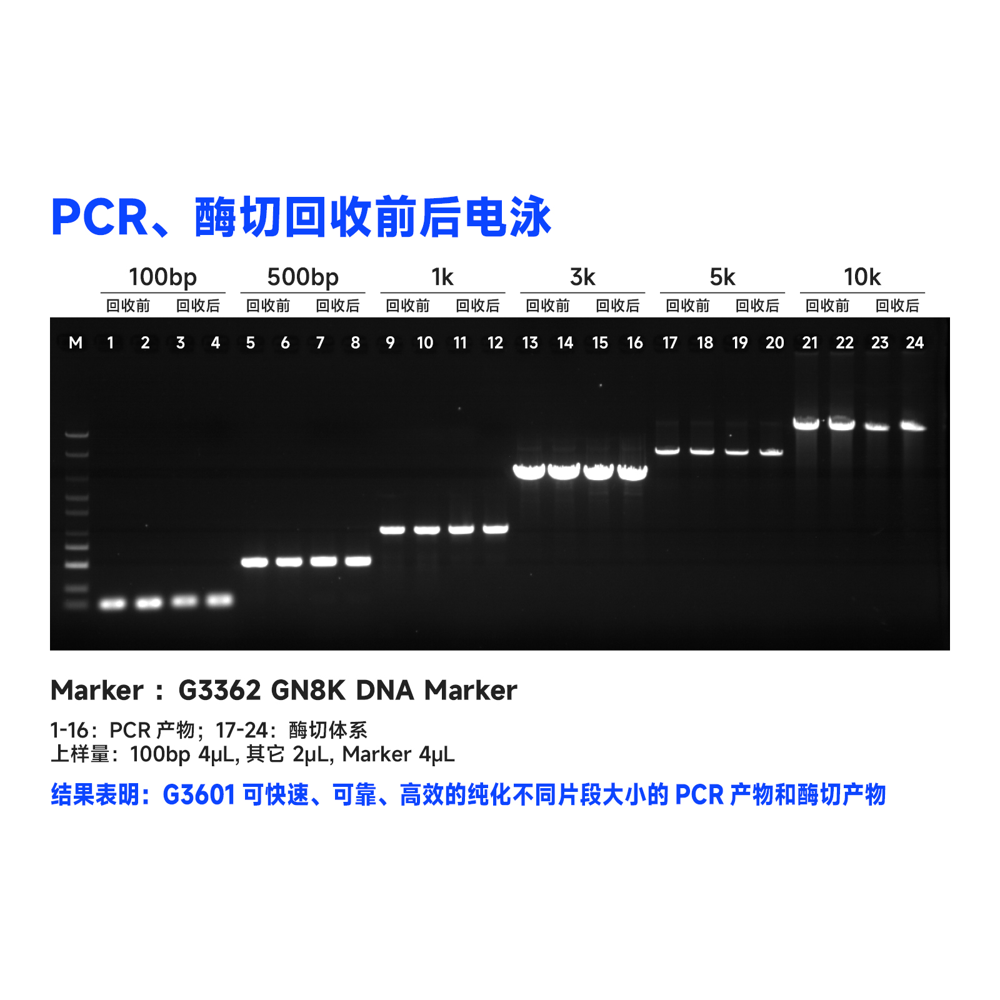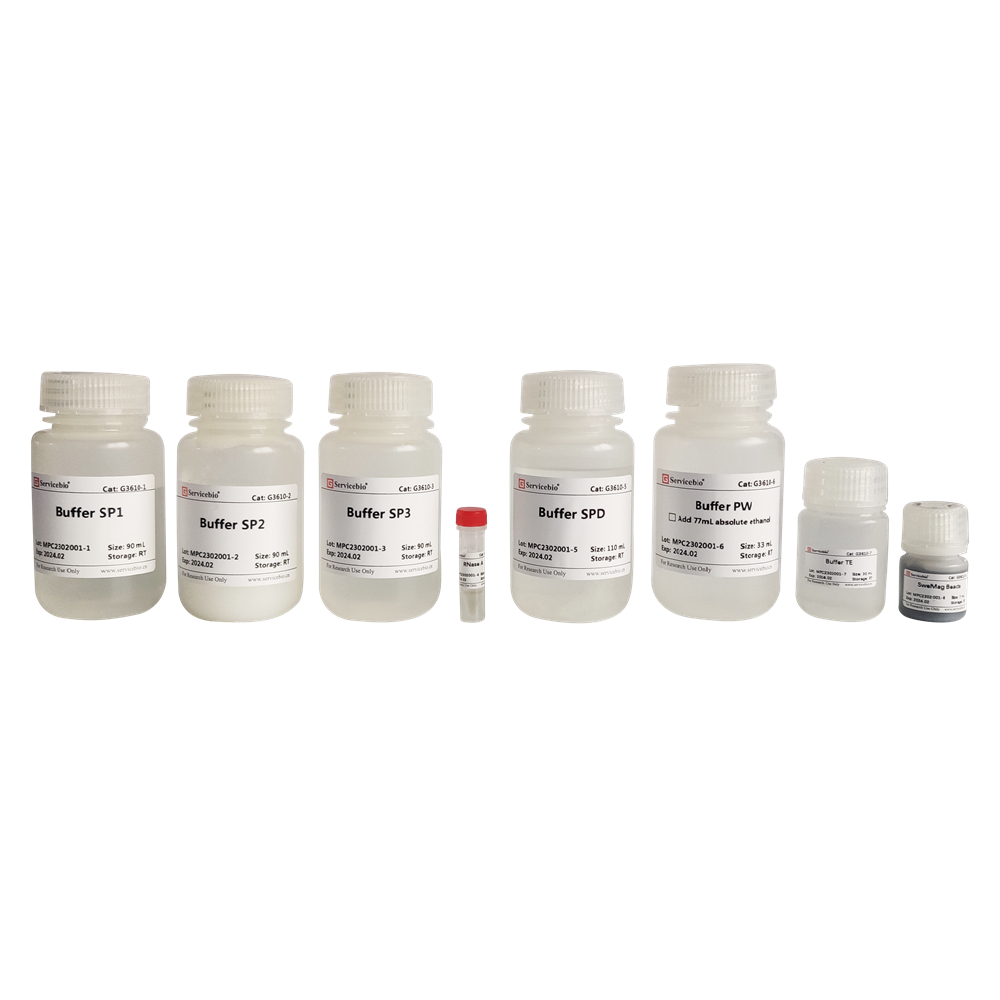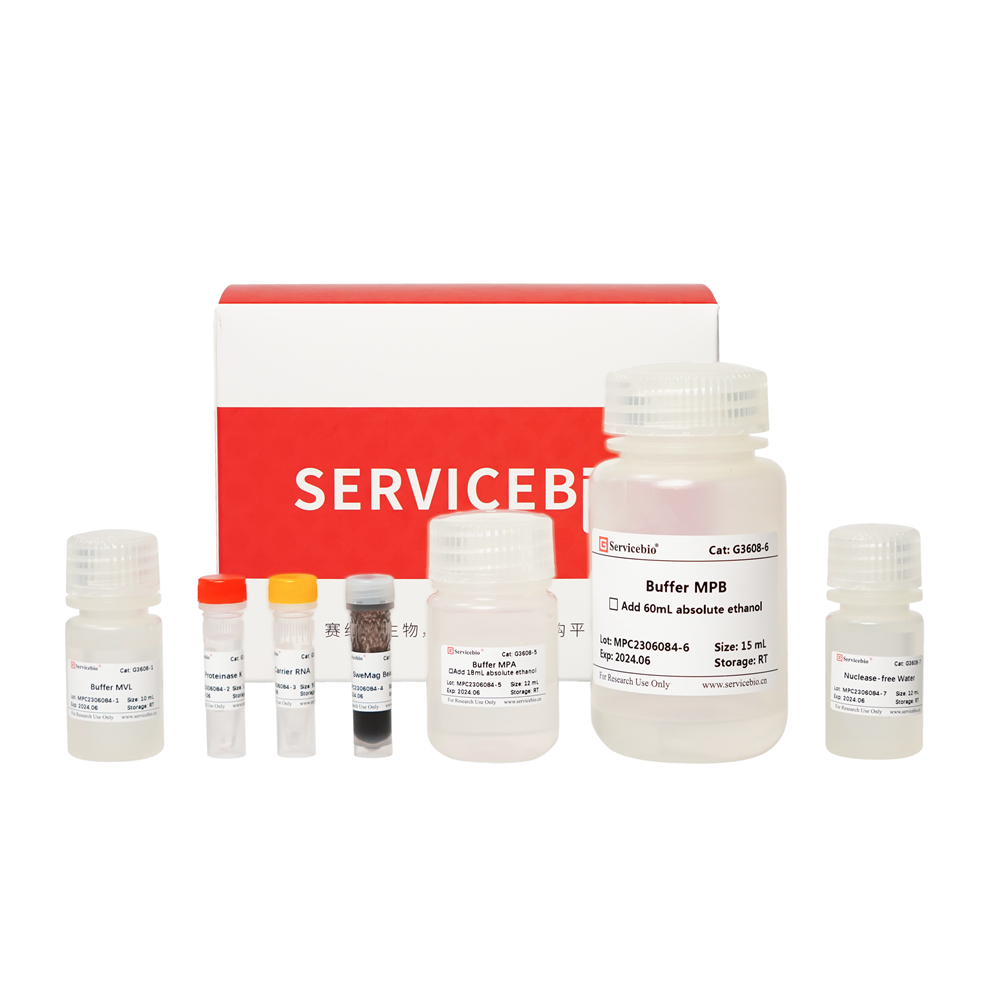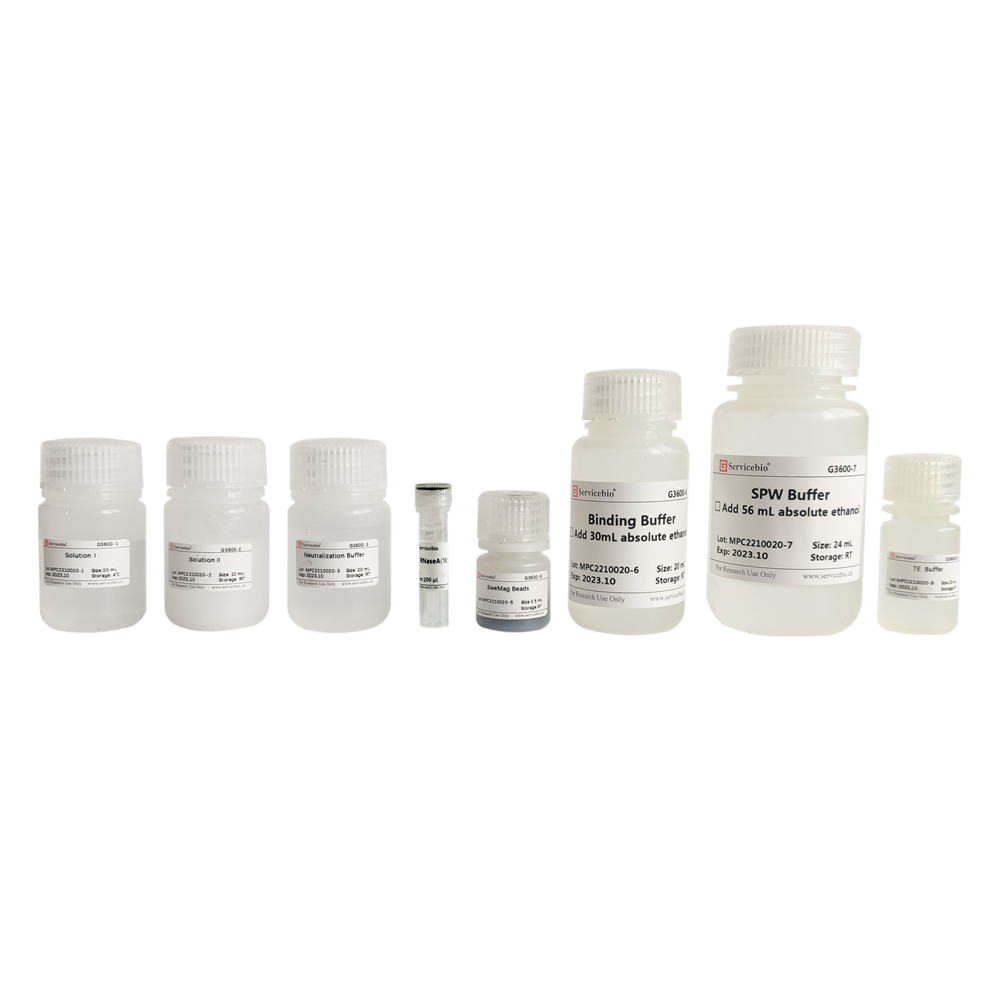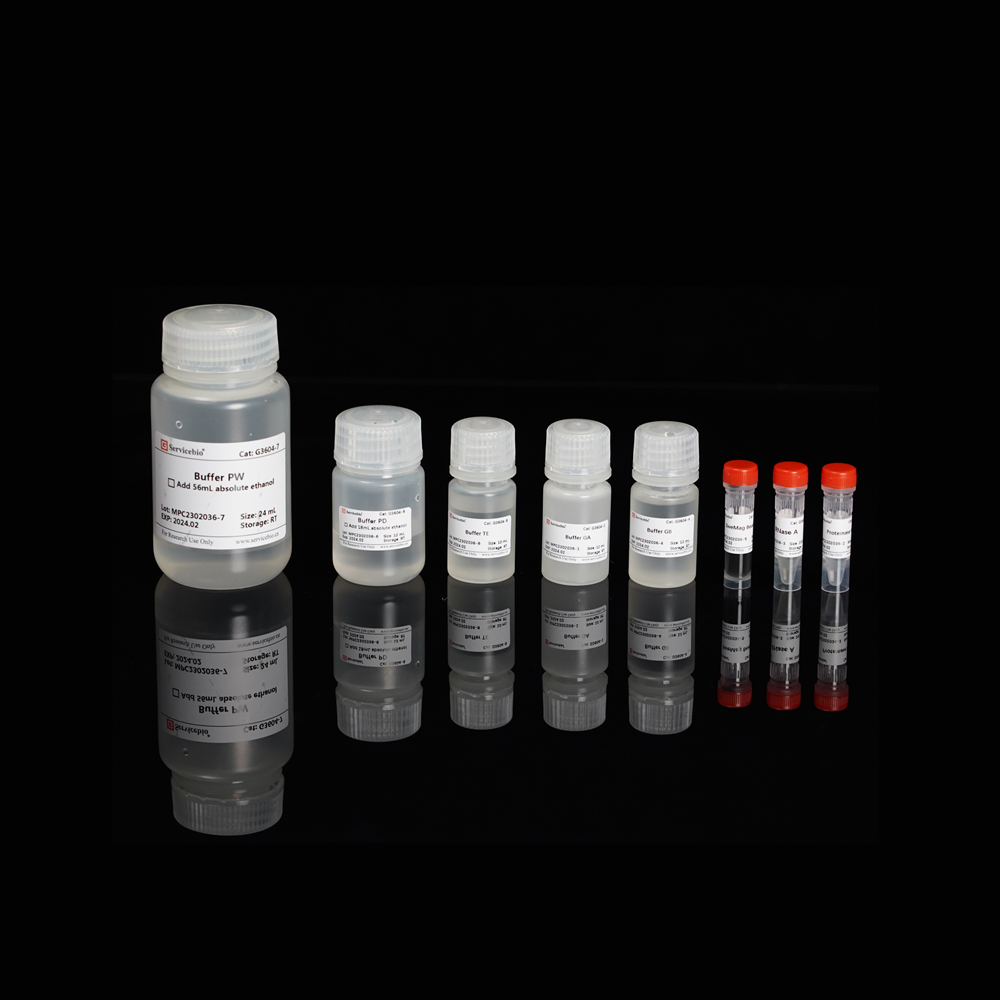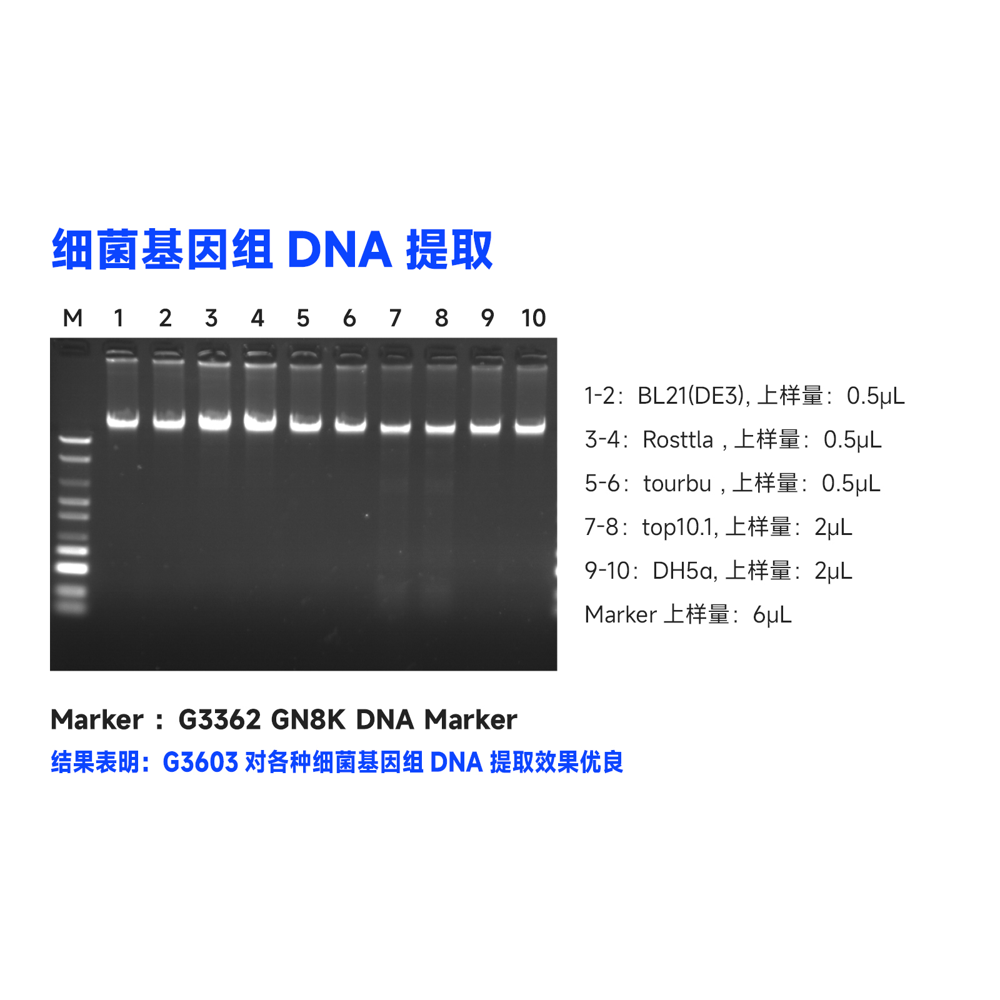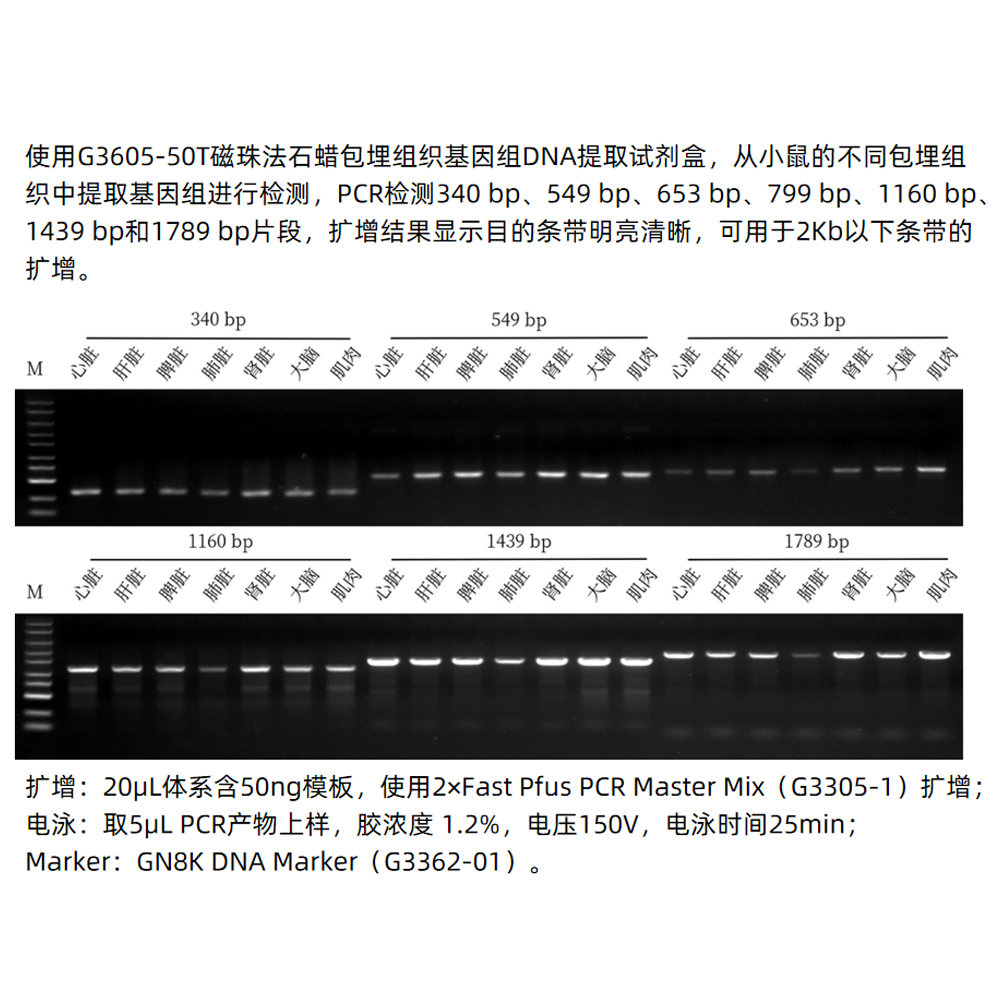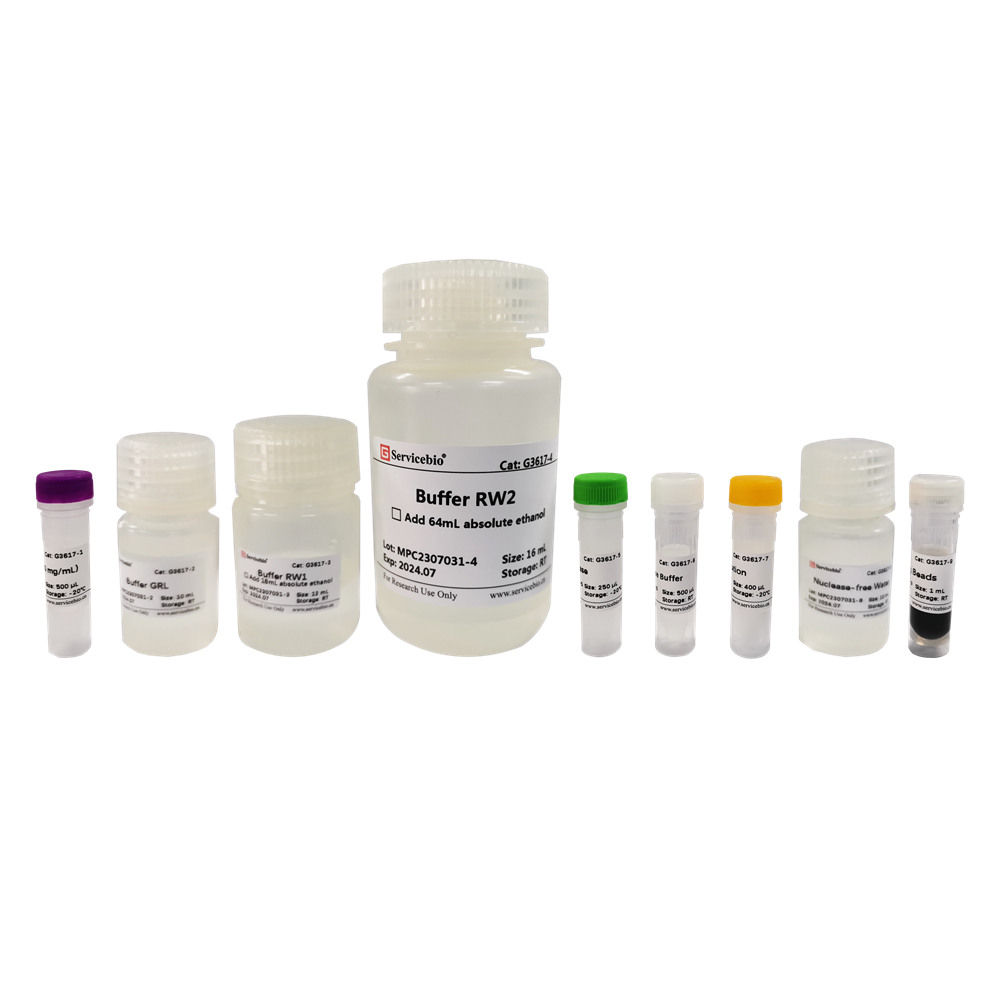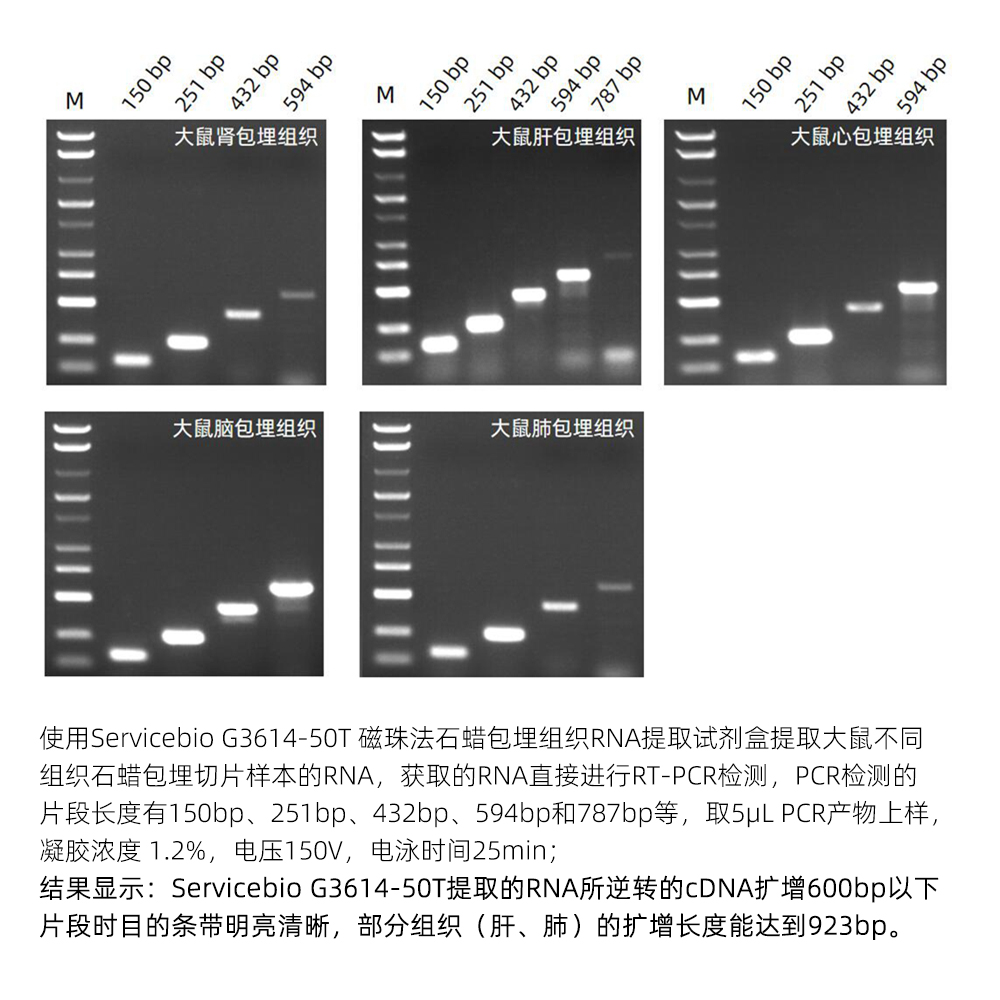Description
The product you’re referring to is called the “DNA Bisulfite Conversion Kit,” with the product code G3639-50T. It comes in a 50T specification.
Product Description:
Epigenetics is a branch of genetics that studies heritable changes in gene expression and regulation without altering the nucleotide sequence of genes. DNA methylation is one of the most extensively studied epigenetic mechanisms. In many animals and plants, DNA methylation involves the covalent attachment of a methyl group to the fifth carbon position of the cytosine ring, using S-adenosylmethionine as the methyl donor, catalyzed by DNA methyltransferases.
DNA methylation is a naturally occurring event in both prokaryotes and eukaryotes. In prokaryotes, DNA methylation can protect host DNA from digestion by restriction endonucleases, which can cleave foreign DNA. In higher eukaryotes, DNA methylation plays a critical role in the regulation of gene expression.
This product utilizes bisulfite treatment to convert methylated DNA, where unmethylated cytosine is converted to uracil while leaving methylated cytosine unchanged. The entire process can be completed within 4 hours with a conversion efficiency of over 99%. Additionally, this product uses a magnetic bead-based method for desulfonation and DNA recovery, significantly enhancing the yield of converted DNA. The entire workflow is straightforward. The DNA obtained after conversion can be used for PCR amplification and downstream analyses, including restriction enzyme digestion, sequencing, microarrays, and more.
Storage and Transportation:
The kit can be transported and stored at room temperature, with a shelf life of 12 months.
Here’s the component list organized into a table format:
| Component Number | Component | G3639-50T | G3639-1 |
|---|---|---|---|
| CT Conversion Reagent | 10次/管×5支 | ||
| G3639-2 | Buffer BM | 1.5 mL | |
| G3639-3 | Buffer GB | 10 mL | |
| G3639-4 | Buffer DB | 3.6 mL | Add 8.4 mL ethanol before use |
| G3639-5 | Buffer PW | 24 mL | Add 56 mL ethanol before use |
| G3639-6 | SweMag Beads | 1 mL | |
| G3639-7 | Nuclease-free Water | 10 mL | |
| Instruction Manual | 1 copy |
This table lists the components of the DNA Bisulfite Conversion Kit with their respective quantities for both G3639-50T and G3639-1, along with any additional instructions.
This table summarizes the components of the DNA Bisulfite Conversion Kit with their respective quantities for both G3639-50T and G3639-1.
Preparation Before Use:
- Before using, add 280 μL of Buffer BM and 910 μL of Nuclease-free Water to the CT Conversion Reagent. Vortex to dissolve and store at -20°C.
- Before use, add 8.4 mL of ethanol to Buffer DB and 56 mL of ethanol to Buffer PW. Mix well before use.
- Prepare a magnetic rack and isopropanol.
Procedure:
- Take 20 μL of genomic DNA (total quantity 500 ng-2000 ng, if less than 20 μL, supplement with Nuclease-free Water) in a PCR tube. Add 130 μL of CT Conversion Reagent and gently pipette mix.
- Transfer the mixture to a PCR machine and set it to 98°C for 10 minutes, followed by 64°C for 2.5 hours. After the run, store the product at 4°C.
- Add 150 μL of Buffer GB and 130 μL of isopropanol to the above product. Gently pipette mix, then add 15 μL of SweMag Beads (vortex SweMag Beads before use) and gently pipette until the beads are evenly dispersed.
- Incubate at room temperature for 10 minutes, gently pipetting 3-4 times during this period to keep the beads evenly dispersed.
- Place the tube on a magnetic rack for 30 seconds until the beads adhere to the tube wall. Once the supernatant is clear, discard the supernatant (do not aspirate the beads to avoid affecting extraction efficiency).
- Remove the tube from the magnetic rack. Add 400 μL of Buffer PW and gently pipette until the beads are evenly dispersed. Then, place the tube on the magnetic rack for 30 seconds, allowing the beads to adhere to the tube wall. Once the supernatant is clear, discard the supernatant (do not aspirate the beads).
- Remove the tube from the magnetic rack. Add 200 μL of Buffer DB and gently pipette until the beads are evenly dispersed. Incubate at room temperature for 15 minutes, gently pipetting every 3-5 minutes (do not extend Buffer DB treatment to avoid excessive DNA fragmentation). Place the tube on the magnetic rack for 30 seconds until the beads adhere to the tube wall. Once the supernatant is clear, discard the supernatant (do not aspirate the beads).
- Remove the tube from the magnetic rack. Add 400 μL of Buffer PW and gently pipette until the beads are evenly dispersed. Then, place the tube on the magnetic rack for 30 seconds, allowing the beads to adhere to the tube wall. Once the supernatant is clear, discard the supernatant (do not aspirate the beads).
- Repeat step 8.
- Remove the tube cap and let it sit at room temperature for 5–10 minutes or at 65°C for 3–5 minutes to allow ethanol to completely evaporate (do not overdry the beads to avoid affecting nucleic acid yield).
- Remove the tube from the magnetic rack. Add 30-50 μL of Nuclease-free Water. Use a pipette to gently mix the beads until they are evenly dispersed. Let it sit at room temperature for 5 minutes.
- Place the tube on the magnetic rack until the beads completely adhere. Transfer the supernatant to a new centrifuge tube, obtaining the converted DNA solution.
